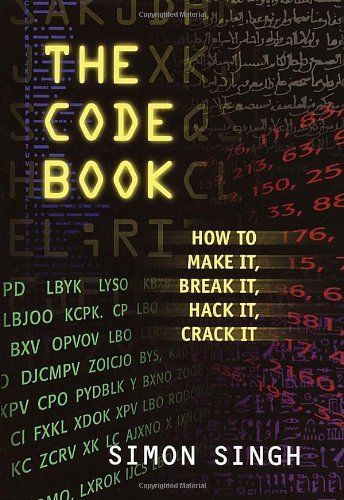
Reviews
Liana@liana
Tobias V. Langhoff@tvil
Suyash Goylit@suyash_goylit
Matija@matijao
Anthony@amorriscode
Garrett Jansen@frailtyy
brendan sudol@bren
Mar@marbrehi
Kiley@reader22
Sagar Rathna Sabapathy@sagar_s
Christian Bager Bach Houmann@cbbh
chris@chrees
Kiran Kumar M R@gladiatort1000
Pedro Figueiredo@pfig
Alphan Günaydın@ialphan
Brian@briany
Patrycja@paty
Mirella@milli-54
Ben@bingobongobengo
Georgi Mitrev@gmitrev
Mher Alaverdyan@mhermher
Brian Duffy@bigpoppa
Marcus@treefinger
Jerald Lim@jerald